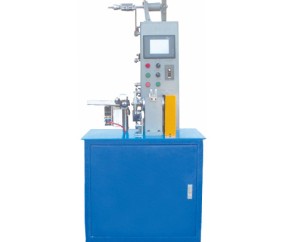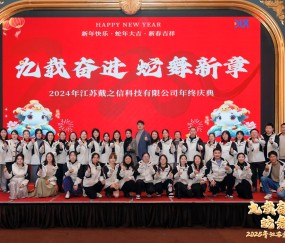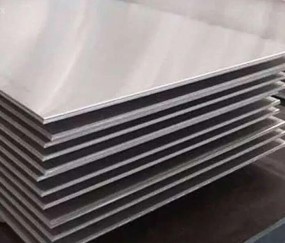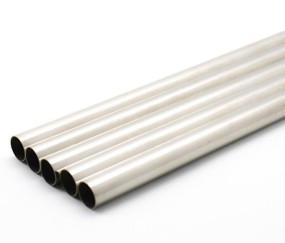Spectrum Testing Methods
Release time:2025-05-10 Strike:54 Inquire Now
Spectrum Testing Methods for Material Composition Verification
Introduction:
At [Your Company Name], ensuring the highest quality of our metal and alloy products is our top priority.
To guarantee that our materials meet precise chemical specifications, we regularly use advanced spectrum testing methods before shipment.
These technologies allow us to accurately verify the elemental composition and assure our customers of consistent, reliable product quality.
Main Spectrum Testing Methods:
1. Optical Emission Spectroscopy (OES)
OES is one of the most widely used techniques for analyzing metallic materials.
How it works: A high-energy spark excites atoms in the sample, and the emitted light is analyzed to determine the presence and concentration of elements.
Advantages:
✅ Fast and accurate
✅ Detects a wide range of elements (Fe, Ni, Cu, Al, Cr, Mo, etc.)
✅ Suitable for solid metals and alloysTypical Use: Stainless steels, nickel alloys, copper alloys, resistance alloys.
2. X-ray Fluorescence (XRF) Spectroscopy
XRF is a non-destructive testing method perfect for quickly checking surface composition.
How it works: X-rays excite atoms in the material, causing them to emit secondary (fluorescent) X-rays. The energy and intensity of these X-rays reveal the material’s elemental makeup.
Advantages:
✅ Rapid, portable, and non-destructive
✅ Minimal sample preparation
✅ Good for quality control and incoming material inspectionTypical Use: Verification of metal grades, identification of coatings and surface layers.
3. Inductively Coupled Plasma Optical Emission Spectrometry (ICP-OES)
ICP-OES is a highly sensitive method, ideal for precise analysis of trace elements.
How it works: The sample is dissolved into a liquid, injected into a plasma torch, and the emitted light from excited atoms is measured.
Advantages:
✅ Extremely high sensitivity (detects parts per million or lower)
✅ Ideal for detailed laboratory analysis
✅ Accurate for both major and minor elementsTypical Use: Certification testing, high-precision alloy analysis.
4. Glow Discharge Spectroscopy (GDS)
GDS is used for detailed depth profiling and bulk composition analysis.
How it works: The surface of the sample is slowly sputtered away while emission spectra are recorded.
Advantages:
✅ Can analyze coatings and multi-layer structures
✅ Provides depth profile of material compositionTypical Use: Advanced research, aerospace material verification.
Why Spectrum Testing Matters:
✅ Guarantees that materials meet international standards (such as ASTM, ISO, GB, DIN)
✅ Reduces the risk of defects and failures
✅ Increases customer confidence in product reliability
✅ Supports full traceability and certification
Our Commitment:
At [Your Company Name], all critical materials undergo strict spectrum testing before delivery.
Test reports and material certificates are available upon request, ensuring complete transparency and peace of mind for our customers.
Contact us today to learn more about our quality control process and high-precision testing capabilities!

Main Production Facilities for Nichrome Wire Manufacturing
Main Production Facilities for Nichrome Wire ManufacturingIntrod...

Spring Festival from 2025-01-25 to 2025-02-05
Introduction to Chinese Spring Festival and Its Impact on Produc...

Iranian customers, customized alloy solutions for the chemical industry
...

Indian customer: Corrosion resistant high-performance titanium alloy for Marine engineering
...


